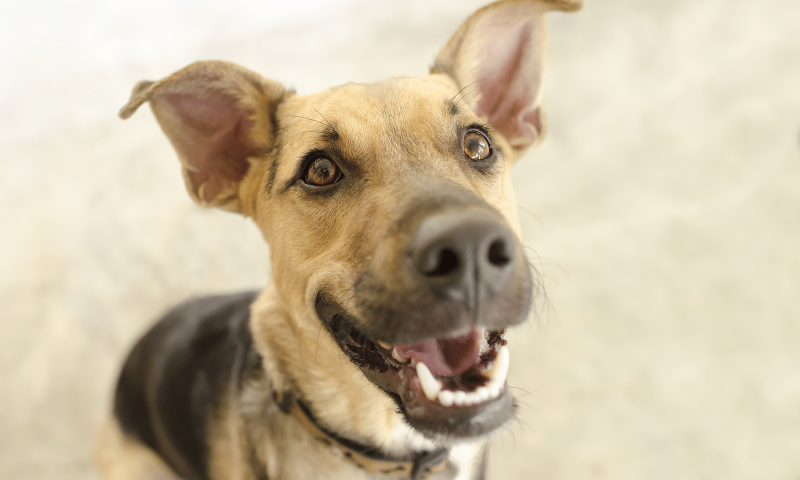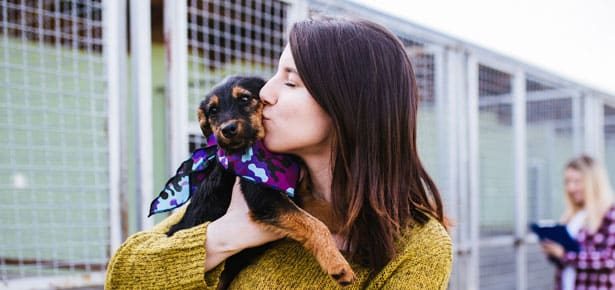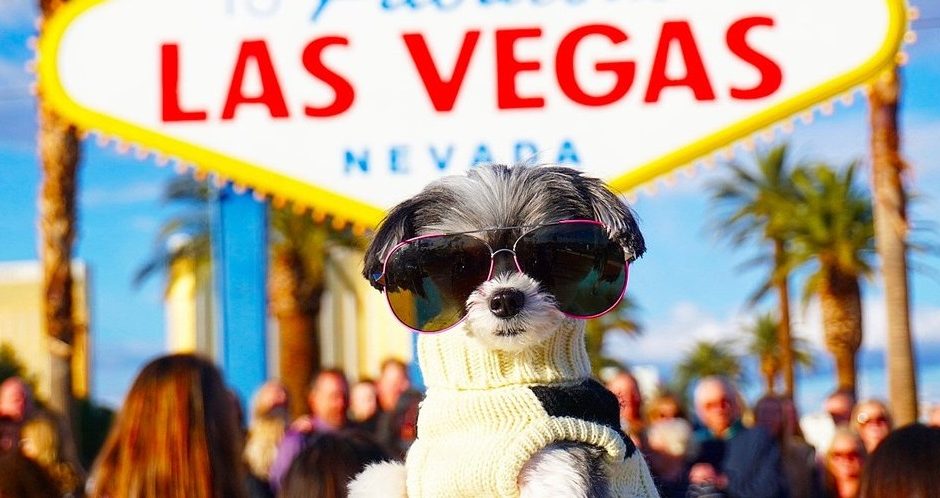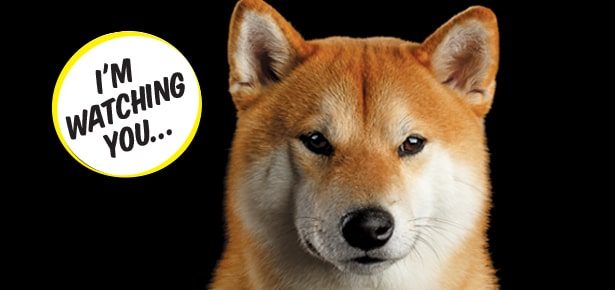
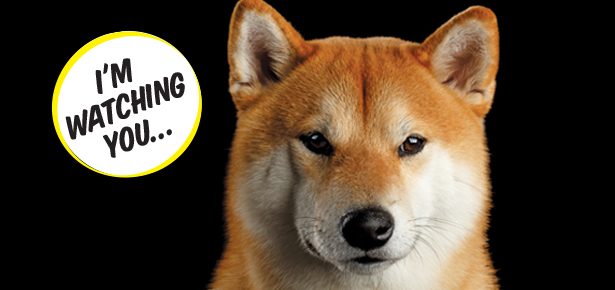
Mini Me
Watch yourself—your dog is copying your emotional responses to people and things
Modern research has shown that dogs, like children, watch what their caretakers do and take their cues from it. I’m sure most of us realize this, but did you know that your behaviour also influences your dog’s emotional response? A recent study shows that your dog’s behaviour is not only guided by what he sees you do, but also by your reactions to people and things. How you react shapes your dog’s emotional response to people and even to inanimate objects. That neighbour you don’t like? Turns out you’re the reason your dog doesn’t like him either!
How universal this effect might be became clear to me a short time ago when I paused to watch a number of primary school students rally to begin a soccer game. Some of the players wore light green t-shirts and the others wore dark plum, the colours identifying the teams. A number of school-aged spectators also gathered to observe the competition. Many of these observers also wore plum or green coloured shirts. One of the plum-shirted observers had a small Pomeranian dog with her who happily ran out to the end of her leash in order to greet each person that came near. As the girl moved around the edge of the field she encountered a girl wearing a green shirt. I don't know what the situation was but the girl with the dog made what appeared to be a series of angry comments pointing at the other girl who stoically held her ground and did not seem to respond in turn. As the plum-shirted girl with the dog began to move away, the dog now made a wide circle to avoid the green clad girl who had been the target of her mistress's anger. Then somebody from behind called and the girl with the dog reversed her course, once more passing the girl wearing green. Again the dog swung widely away to avoid drawing near that individual. At that moment the part of my brain that deals with behavioural observation and analysis clicked in. It seemed clear the dog had associated the negative emotional outburst of her mistress with that particular girl in green and she was now avoiding the person who was the target of her owner's negative feelings.
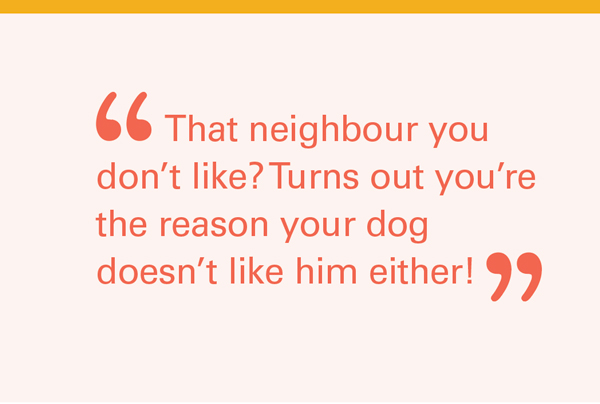
This same general research method was recently used to test dogs by Isabella Merola, Emanuela Prato-Previde, M. Lazzaroni, and Sarah Marshall-Pescini at the University of Milan and their results were published in the journal Animal Cognition. They added a few additional twists so they could not only see whether dogs recognized a human's emotional expression and might attach it to particular objects, but also to see whether the expressions of the dog's owner were more likely to be recognized and acted on than those of a stranger. There were a number of different conditions and analyses but let's stick to the ones which are most important for this discussion.
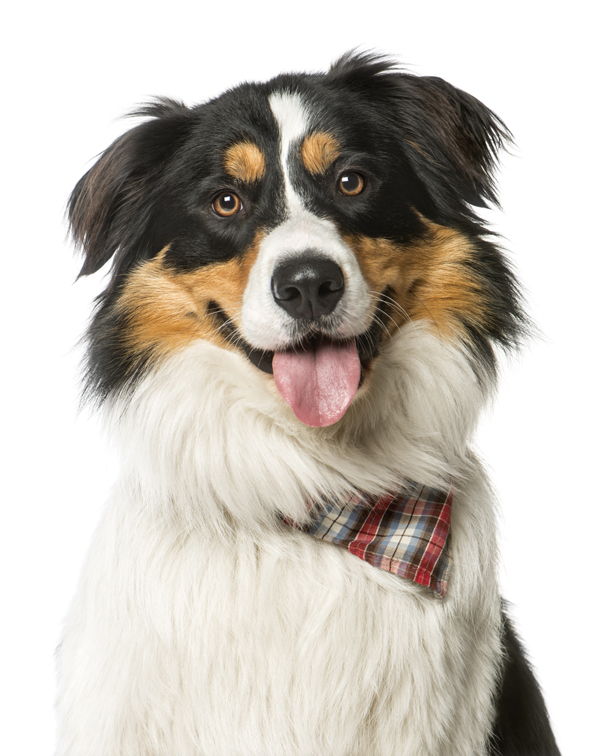
Now the question here is whether having the dogs observe the emotional responses of their owners toward these two objects will have any effect on the dogs' behaviours. To determine this, the dogs were released and allowed to explore the room. Sure enough, 81 percent of the dogs went to the box associated with the happy expression, which shows that the dogs not only recognize their owner's emotional expressions but attach those emotions to whatever object their owner was looking at or addressing at the time. However this reaction was specific to the responses that the dogs observed in their owners. When the same emotions were expressed by a stranger, the dogs did not seem to give them enough credence to guide their behaviours—after observing the scenarios performed by a stranger, the dogs reacted virtually at chance levels with only 46 percent going to the box that elicited a happy response from the stranger.
In this way dogs act much like young children. Both dogs and children watch their caretakers and family members, read their emotions, and attach those emotions to the things that the person is looking at. In the same way that kids do, your dog thus learns what you like and who or what you approve of. The important thing is that they then use that information to guide their later behaviour. So suppose you are visited by a large, heavy, woman with a wrinkled face that makes her look like she is scowling, and whose expression might be frightening to young children or dogs. That is the time that you should smile, happily greet, and embrace the woman so that your dogs (and of course your kids) will learn that your Aunt Katie is not a threat, but rather a good person to interact with. Remember, your dog is watching you.
Join the newsletter and never miss out on dog content again!
"*" indicates required fields
By clicking the arrow, you agree to our web Terms of Use and Privacy & Cookie Policy. Easy unsubscribe links are provided in every email.
